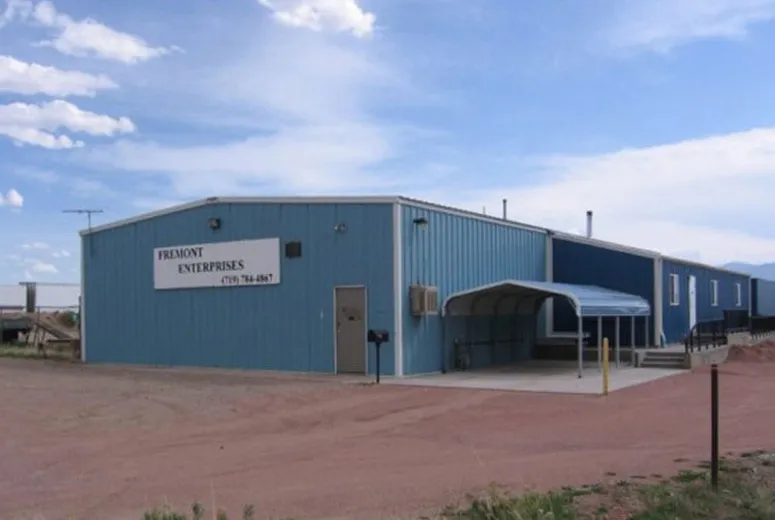- Afrikaans
- Albanian
- Amharic
- Arabic
- Armenian
- Azerbaijani
- Basque
- Belarusian
- Bengali
- Bosnian
- Bulgarian
- Catalan
- Cebuano
- Corsican
- Croatian
- Czech
- Danish
- Dutch
- English
- Esperanto
- Estonian
- Finnish
- French
- Frisian
- Galician
- Georgian
- German
- Greek
- Gujarati
- Haitian Creole
- hausa
- hawaiian
- Hebrew
- Hindi
- Miao
- Hungarian
- Icelandic
- igbo
- Indonesian
- irish
- Italian
- Japanese
- Javanese
- Kannada
- kazakh
- Khmer
- Rwandese
- Korean
- Kurdish
- Kyrgyz
- Lao
- Latin
- Latvian
- Lithuanian
- Luxembourgish
- Macedonian
- Malgashi
- Malay
- Malayalam
- Maltese
- Maori
- Marathi
- Mongolian
- Myanmar
- Nepali
- Norwegian
- Norwegian
- Occitan
- Pashto
- Persian
- Polish
- Portuguese
- Punjabi
- Romanian
- Russian
- Samoan
- Scottish Gaelic
- Serbian
- Sesotho
- Shona
- Sindhi
- Sinhala
- Slovak
- Slovenian
- Somali
- Spanish
- Sundanese
- Swahili
- Swedish
- Tagalog
- Tajik
- Tamil
- Tatar
- Telugu
- Thai
- Turkish
- Turkmen
- Ukrainian
- Urdu
- Uighur
- Uzbek
- Vietnamese
- Welsh
- Bantu
- Yiddish
- Yoruba
- Zulu
Nov . 27, 2024 00:03 Back to list
Understanding Agricultural Building Costs per Square Foot
Agriculture is the backbone of many economies, playing a crucial role in food production, employment, and rural development. With the increasing demand for efficient farming practices and sustainable operations, investing in the right agricultural buildings has become more important than ever. One of the key considerations for farmers and agricultural businesses when planning new construction is the cost per square foot of agricultural buildings. In this article, we will explore the factors that influence these costs and how farmers can better manage their investments.
What Influences Agricultural Building Costs?
The cost of constructing agricultural buildings can vary significantly based on several factors. The primary considerations include
1. Type of Structure Different agricultural buildings serve various purposes, including barns, silos, greenhouses, and equipment storage. Each type has its unique design requirements and specifications, which affect the overall cost. For instance, a well-ventilated greenhouse for high-value crops will typically cost more per square foot than a simple storage barn.
2. Materials Used The choice of materials is a substantial determinant of construction costs. Steel, wood, concrete, and other materials have different price points influenced by market availability and quality. For example, steel structures offer durability and low maintenance but can have a higher upfront cost than wood, which might require more upkeep over time.
3. Location The geographical location of the construction site plays a critical role in determining costs. Areas with higher labor costs or stringent building codes may experience increased expenses. Additionally, transportation costs for materials can vary, especially if the supplies need to be shipped from distant locations.
4. Design Complexity Buildings that require specialized designs to accommodate specific farming operations, such as climate-controlled environments or advanced ventilation systems, will naturally incur higher costs. Simpler structures generally allow for more straightforward construction and lower costs.
agricultural building cost per square foot

5. Site Preparation The condition of the land where the building will be constructed also influences costs. If significant site preparation, such as grading or excavation, is required, the overall cost per square foot can increase markedly.
6. Labor Costs Labor availability and local wage rates can have a significant impact on the total construction costs. In regions struggling with labor shortages, contractors may charge more for their services, thus raising the overall cost per square foot.
Average Costs and Trends
As of the latest data, the average cost of agricultural buildings can range broadly, generally falling between $50 to $150 per square foot. However, high-end facilities or structures that require specialized equipment can exceed these averages. For example, state-of-the-art dairy barns can reach upwards of $200 per square foot due to the intricate systems they require.
Recent trends show that sustainable and energy-efficient buildings are becoming increasingly popular among farmers, even if they come with a higher initial investment. Solar panels, specialized insulation, and rainwater collection systems are just a few examples of innovations that can add to upfront costs but save money in the long run through efficiency and lower operating costs.
Conclusion
Understanding agricultural building costs per square foot is essential for farmers and agricultural entrepreneurs. By carefully evaluating the type of structure, materials, site preparation, and design complexity, farmers can make more informed decisions that align with their financial capabilities and operational needs. While constructing agricultural buildings is a significant investment, it is also a necessary one that can lead to increased efficiency and productivity in the farming sector. By being strategic about these investments, farmers can build facilities that meet modern agricultural demands while ensuring financial viability in a competitive marketplace.
-
How Do Prefabricated Steel Structures Transform Modern Construction?
NewsJul.14,2025
-
How Do Prefabricated Metal Buildings Redefine Modern Construction?
NewsJul.14,2025
-
How Do Prefab Insulated Metal Buildings and Steel Structures Revolutionize Modern Construction?
NewsJul.14,2025
-
How Do Pre - Engineered Steel Structures Redefine Modern Construction?
NewsJul.14,2025
-
Advancing Modular Construction with Prefabricated Metal Structures
NewsJul.14,2025
-
Advancing Industrial Infrastructure with Prefabricated Steel Solutions
NewsJul.14,2025
Products categories
Our Latest News
We have a professional design team and an excellent production and construction team.












